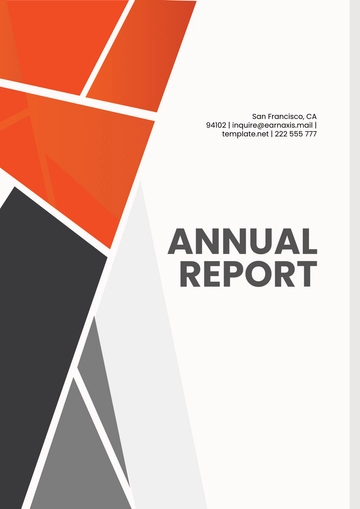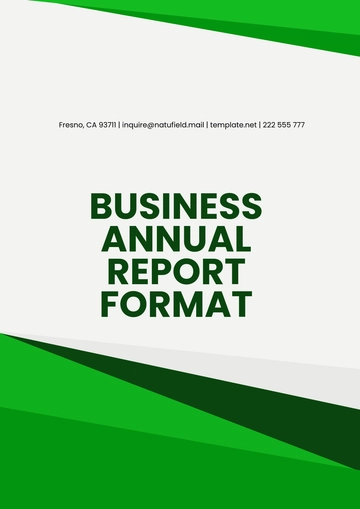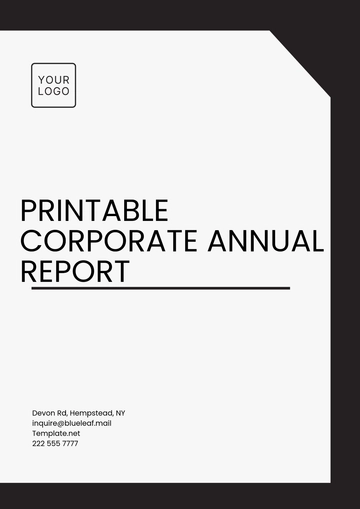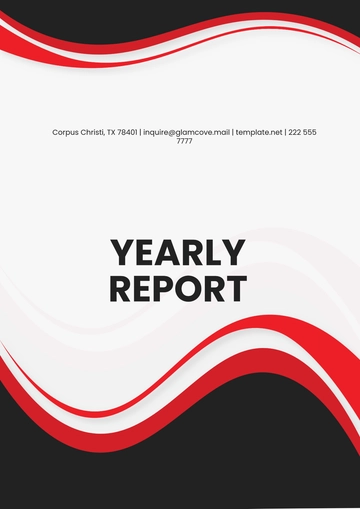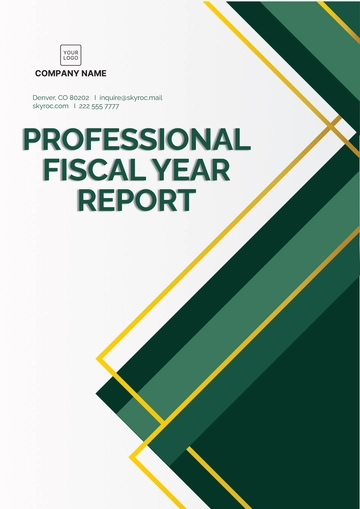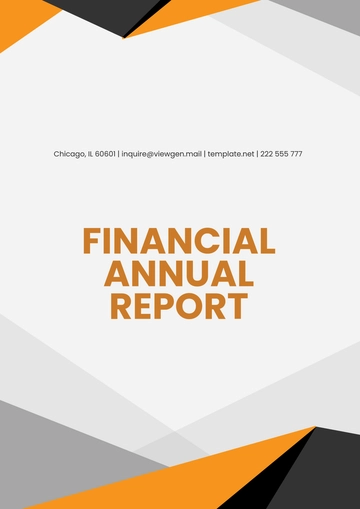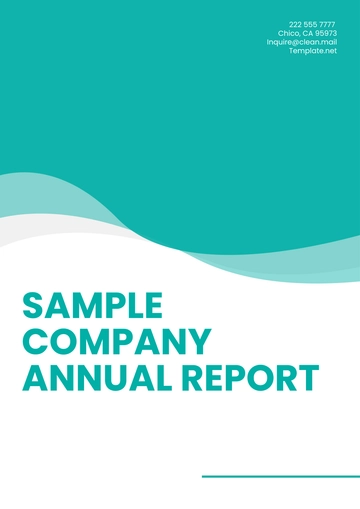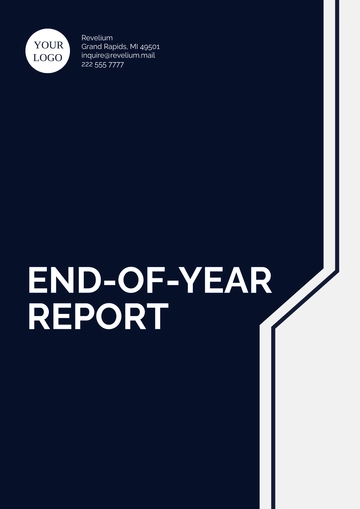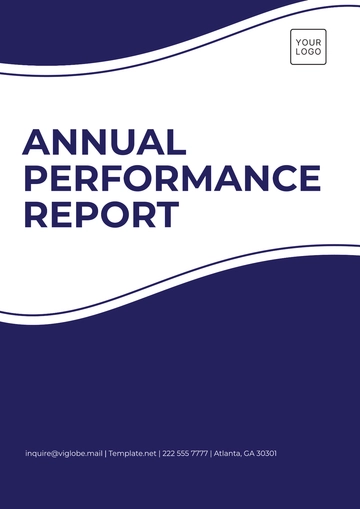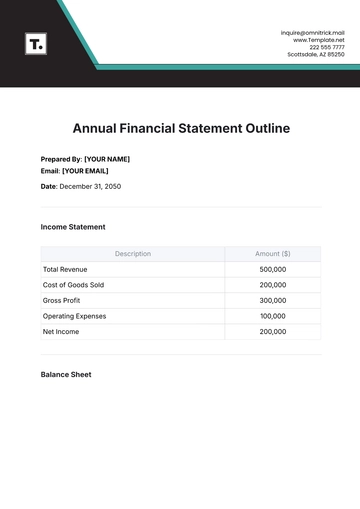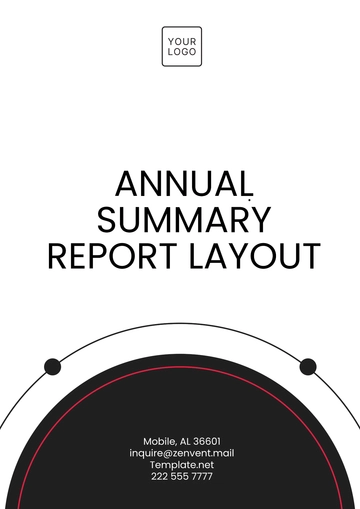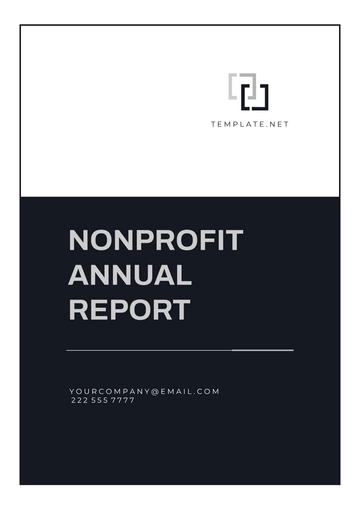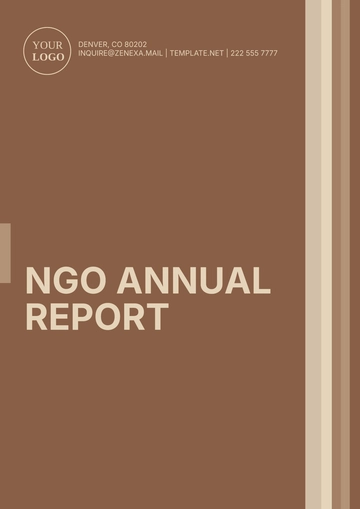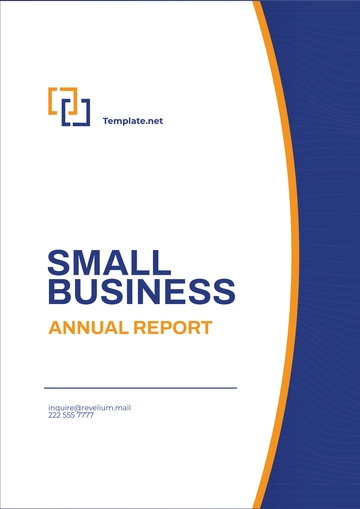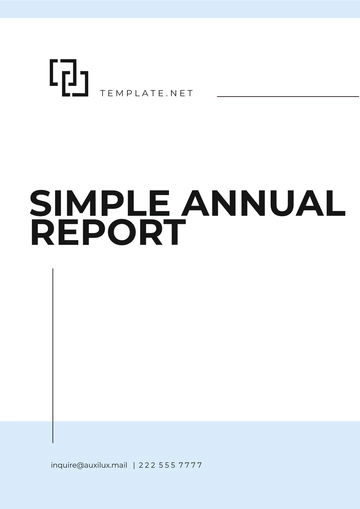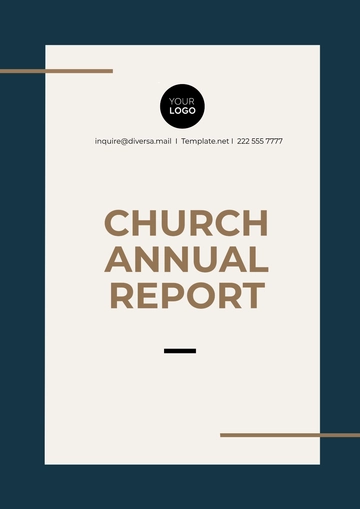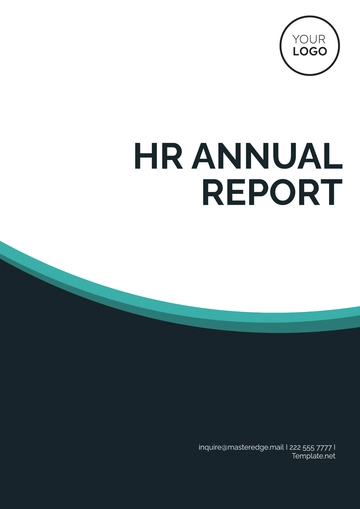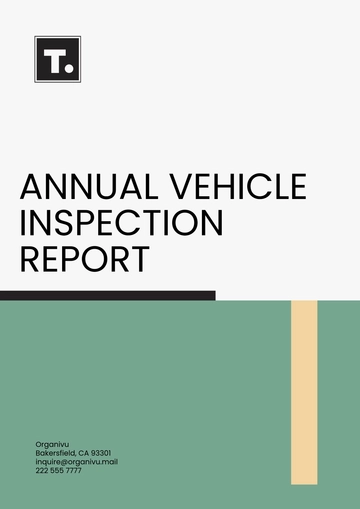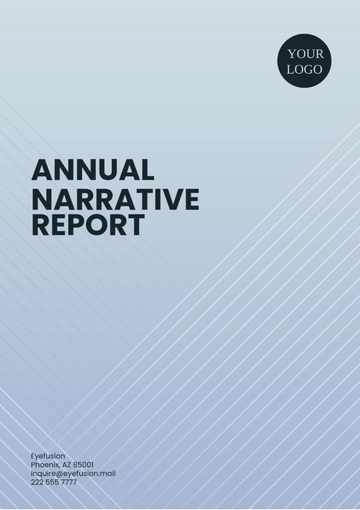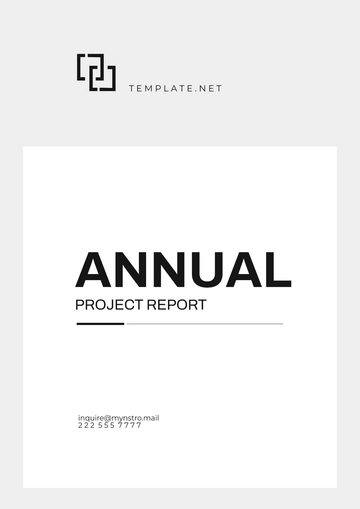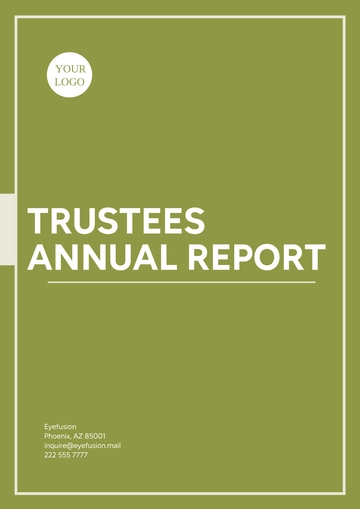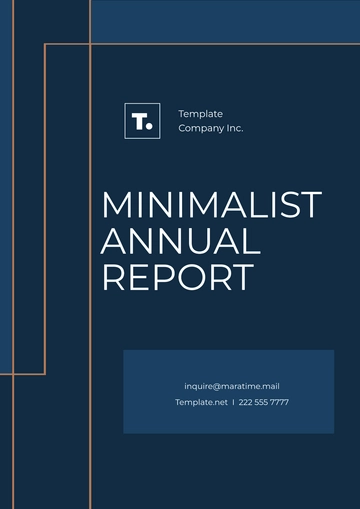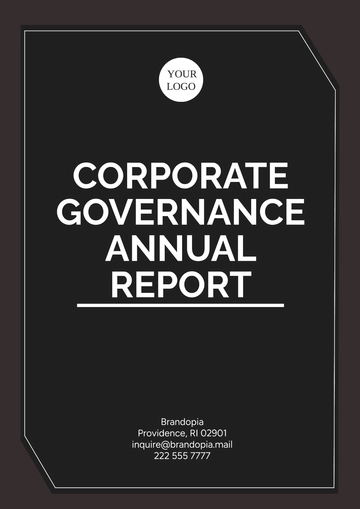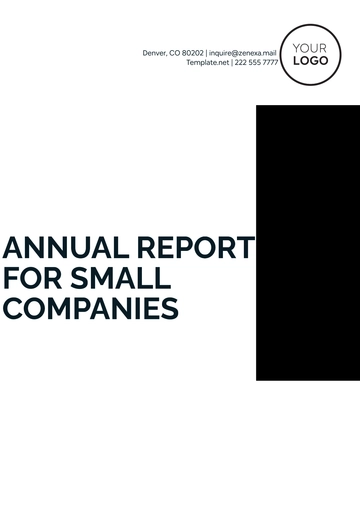Free Professional Fiscal Year Report
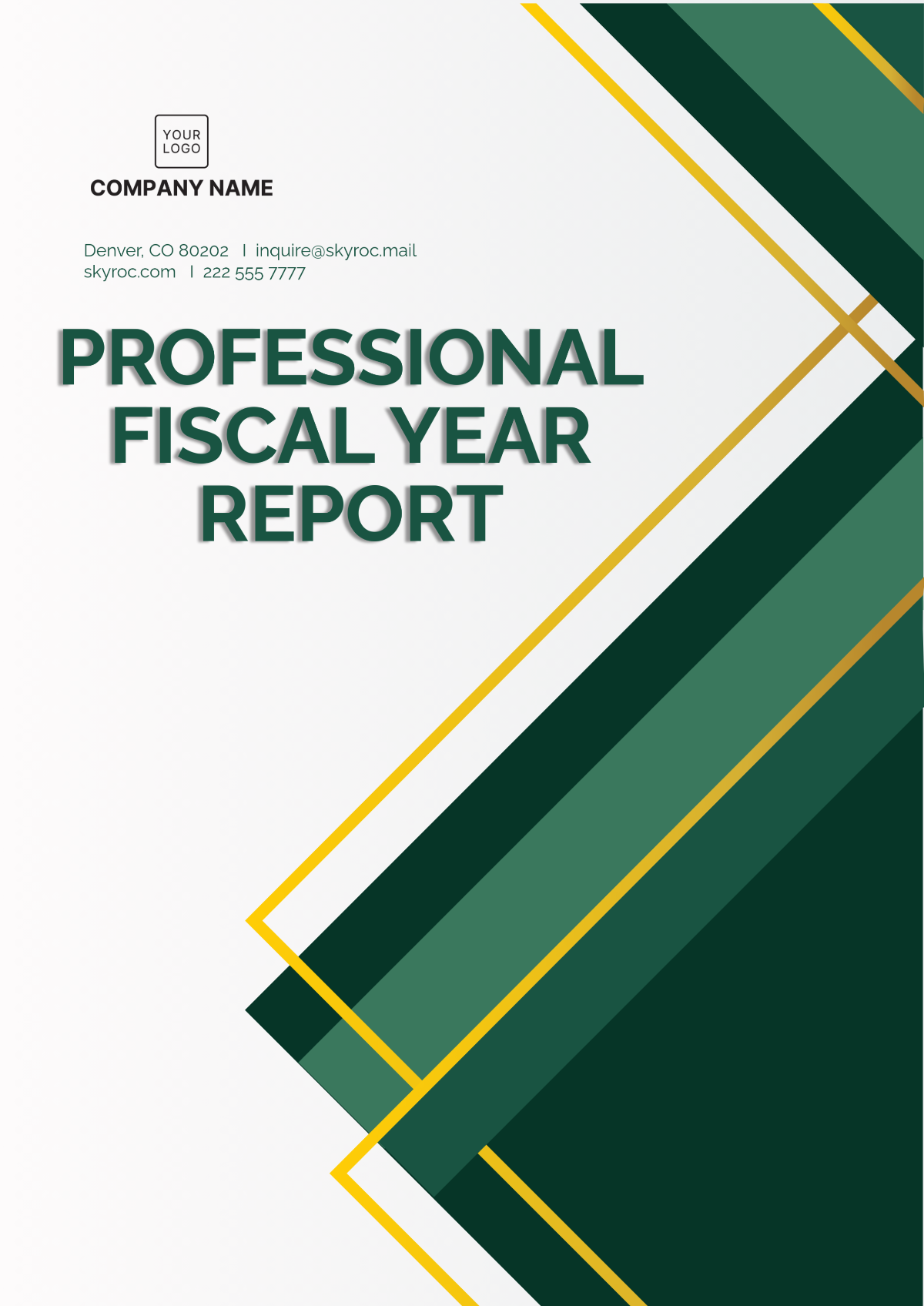
Executive Summary
This report provides a comprehensive analysis of the fiscal year results, offering insights into financial performance, operational efficiency, and key strategic initiatives. The primary objective is to evaluate the financial health of the organization and to propose strategies for improvement.
Financial Overview
Revenue Analysis
During the fiscal year, the organization witnessed a substantial growth in revenue, driven primarily by increased sales in North America and the expansion of our digital platforms. The revenue growth percentage is detailed in the table below.
Quarter | Revenue ($ million) | Growth (%) |
|---|---|---|
Q1 | 250 | 5% |
Q2 | 265 | 6% |
Q3 | 280 | 5.7% |
Q4 | 300 | 7.1% |
Expenditure Breakdown
Expenditures increased by 4.5% compared to the previous year, largely due to investments in technology and human resources. The primary areas of expenditure are detailed below:
Salaries and Benefits: $180 million
Research and Development: $75 million
Marketing and Sales: $60 million
Administrative Costs: $40 million
Technology Infrastructure: $45 million
Net Profit
The net profit for the fiscal year stood at $140 million, representing a 5% increase from the previous year. Despite increased spending, the organization managed to maintain a healthy profit margin, thanks to effective cost management and operational efficiency.
Operational Efficiency
Productivity Improvements
Throughout the year, numerous initiatives were implemented to enhance productivity. Key strategies included automation of clerical processes, streamlined supply chain management, and enhanced employee training programs. These initiatives resulted in a 10% improvement in overall productivity.
Supply Chain Enhancements
Our supply chain processes were optimized through the adoption of advanced logistics software and closer collaboration with key suppliers. This resulted in a 15% reduction in delivery times and a 12% decrease in supply chain costs.
Technology Upgrades
The organization invested heavily in upgrading technology infrastructure. This included the deployment of a new enterprise resource planning system, enhancing cybersecurity measures, and adopting cloud-based solutions for data management, which collectively improved system reliability and security.
Strategic Initiatives
Market Expansion
Efforts to expand into new markets were successful, with penetration into Asian and European markets leading to a 20% increase in international sales. Brand localization strategies and partnerships with regional distributors were key to this success.
Sustainability Efforts
The organization launched several sustainability initiatives aimed at reducing the carbon footprint and promoting environmental responsibility. This included transitioning to renewable energy sources for operations and implementing a comprehensive recycling program, leading to a 25% reduction in waste output.
Customer Engagement
Significant improvements in customer engagement were achieved through personalized marketing strategies and enhanced customer service platforms. Customer feedback mechanisms were strengthened, leading to a 30% increase in customer satisfaction ratings.
Recommendations for Future Action
Enhance data analytics capabilities to drive data-informed decision-making.
Continue investing in talent development to nurture future leaders.
Expand digital transformation efforts to encompass all areas of operations.
Strengthen partnerships with key stakeholders to foster innovation.
Focus on further sustainability initiatives to meet long-term environmental goals.
Conclusion
The fiscal year was marked by significant achievements in financial performance, operational efficiency, and strategic growth. By continuing to focus on innovation and strategic investments, the organization is well-positioned to sustain its growth momentum and achieve long-term success.
- 100% Customizable, free editor
- Access 1 Million+ Templates, photo’s & graphics
- Download or share as a template
- Click and replace photos, graphics, text, backgrounds
- Resize, crop, AI write & more
- Access advanced editor
The Professional Fiscal Year Report Template from Template.net is a fully editable and customizable solution for your financial reporting needs. With its intuitive design and an AI Editable Tool, you can easily modify the template to suit your specific requirements. Streamline your reporting process and create polished, professional reports in minutes with this versatile tool.
You may also like
- Sales Report
- Daily Report
- Project Report
- Business Report
- Weekly Report
- Incident Report
- Annual Report
- Report Layout
- Report Design
- Progress Report
- Marketing Report
- Company Report
- Monthly Report
- Audit Report
- Status Report
- School Report
- Reports Hr
- Management Report
- Project Status Report
- Handover Report
- Health And Safety Report
- Restaurant Report
- Construction Report
- Research Report
- Evaluation Report
- Investigation Report
- Employee Report
- Advertising Report
- Weekly Status Report
- Project Management Report
- Finance Report
- Service Report
- Technical Report
- Meeting Report
- Quarterly Report
- Inspection Report
- Medical Report
- Test Report
- Summary Report
- Inventory Report
- Valuation Report
- Operations Report
- Payroll Report
- Training Report
- Job Report
- Case Report
- Performance Report
- Board Report
- Internal Audit Report
- Student Report
- Monthly Management Report
- Small Business Report
- Accident Report
- Call Center Report
- Activity Report
- IT and Software Report
- Internship Report
- Visit Report
- Product Report
- Book Report
- Property Report
- Recruitment Report
- University Report
- Event Report
- SEO Report
- Conference Report
- Narrative Report
- Nursing Home Report
- Preschool Report
- Call Report
- Customer Report
- Employee Incident Report
- Accomplishment Report
- Social Media Report
- Work From Home Report
- Security Report
- Damage Report
- Quality Report
- Internal Report
- Nurse Report
- Real Estate Report
- Hotel Report
- Equipment Report
- Credit Report
- Field Report
- Non Profit Report
- Maintenance Report
- News Report
- Survey Report
- Executive Report
- Law Firm Report
- Advertising Agency Report
- Interior Design Report
- Travel Agency Report
- Stock Report
- Salon Report
- Bug Report
- Workplace Report
- Action Report
- Investor Report
- Cleaning Services Report
- Consulting Report
- Freelancer Report
- Site Visit Report
- Trip Report
- Classroom Observation Report
- Vehicle Report
- Final Report
- Software Report
